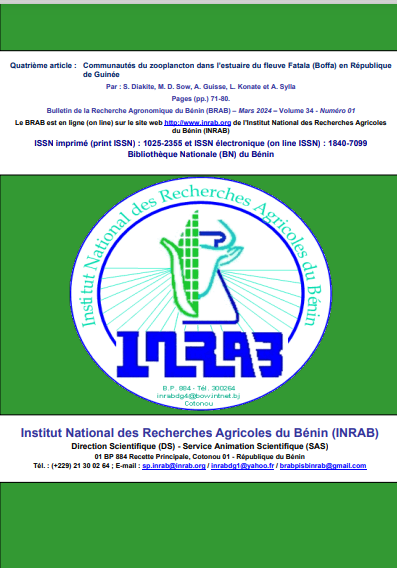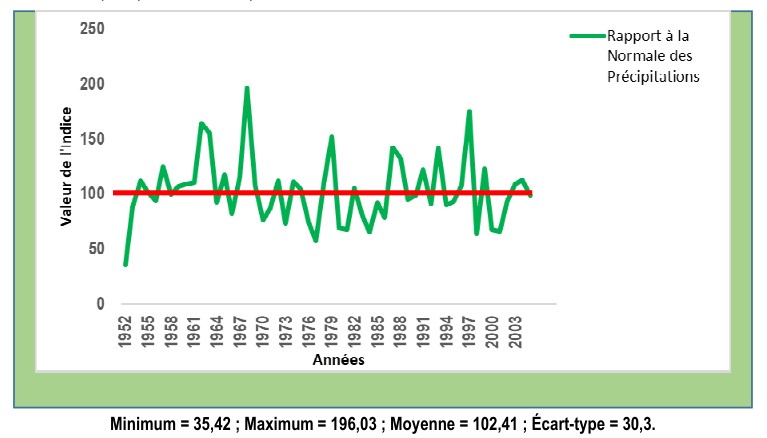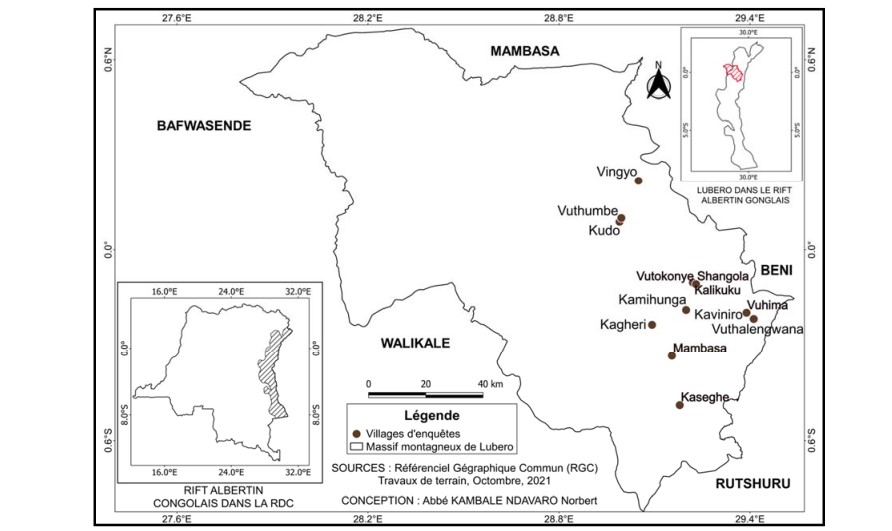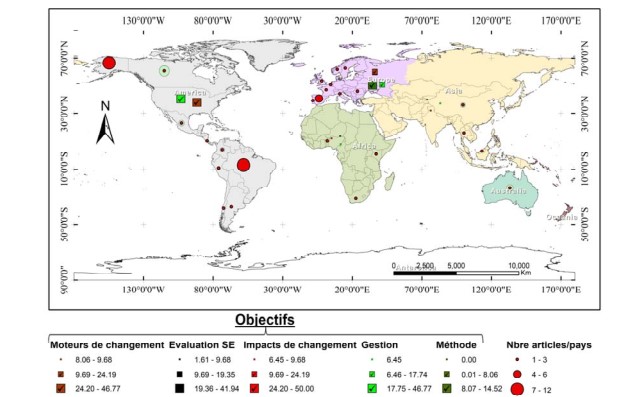Communautés du zooplancton dans l’estuaire du fleuve Fatala en République de Guinée

L’étude s’était déroulée de septembre 2019 à août 2020 dans l’estuaire du fleuve Fatala dans la préfecture de Boffa très riche en ressources minières et halieutiques, et convoitée par les sociétés minières et de pêche. A cela s’ajoutent l’agriculture, la pêche illicite, la coupe abusive de bois et la saliculture qui se pratiquent le long de l’estuaire. Ces activités ne sont pas sans conséquence sur les ressources halieutiques en général et sur la communauté zooplanctonique en particulier. L’objectif de l’étude était de caractériser l’état initial de la zone d’étude sur le peuplement zooplanctonique avant les exploitations minières indispensable à l’appréciation des impacts des activités anthropiques lors des prochaines études d’impact environnemental et social. Les échantillons ont été prélevés à l’aide du filet à plancton. L’analyse des données a permis d’identifier 81 espèces de zooplancton réparties entre 42 genres et 29 familles. Le méroplancton rencontré a été essentiellement composé de larves de décapodes (2,60 %), de polychètes et de poissons. Le groupe des holoplanctons a été composé de huit groupes taxonomiques. Les copépodes représentés par 58 espèces appartenant à 16 familles ont été les plus nombreux. Ils constituaient 87 % du nombre total d’espèces identifiées avec la prédominance de Paracalanus aculeatus (25,43 %). Les appendiculaires représentaient 2,49 %, les Chaetognates 2,10 % et les malacostraca 1,67 % du zooplancton. La densité zooplanctonique a varié en fonction des stations et des phases de marée. Au niveau des stations, la plus grande valeur (2.357,21 individus/m3) a été obtenue à la station 9 et la plus faible (52,51 individus/m3) à la station 1. Au niveau des marées, la plus forte densité (5.675,18 individus/m3) a été obtenue pendant la haute marée et la plus faible (4.898,08 individus/m3) pendant la basse marée. Ces données montrent que la densité du zooplancton dans le fleuve Fatala diminue d’aval en amont.
Les articles publiés par le Bulletin de la Recherche Agronomique du Bénin sont en libre accès. Ils sont gratuits pour tout le monde, immédiatement téléchargeables dès la publication et distribués sous la licence CC BY-NC-ND (https://creativecommons.org/licenses/by-nc-nd/4.0/).











